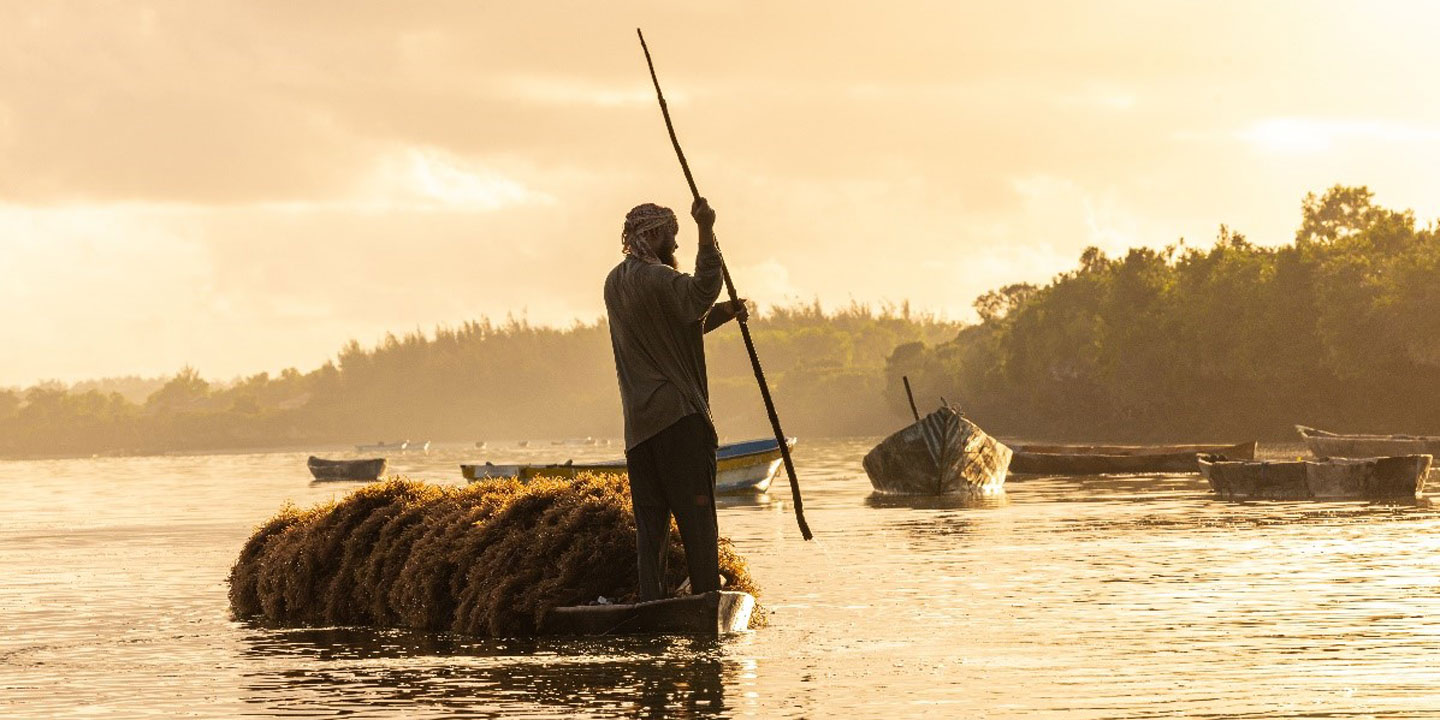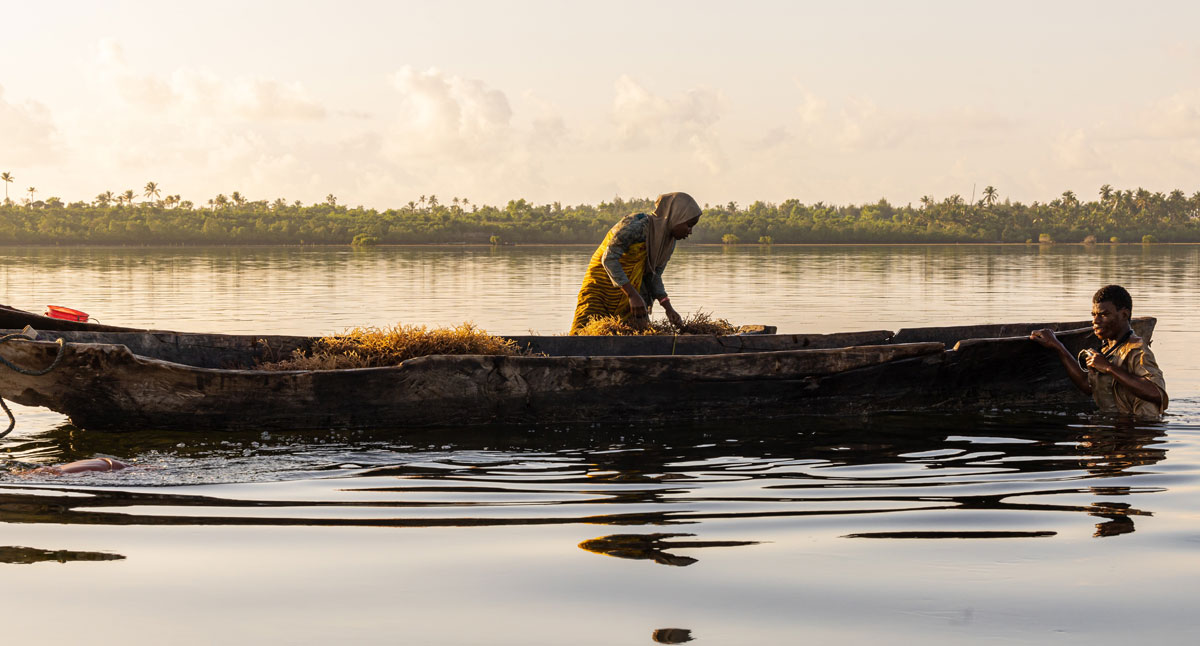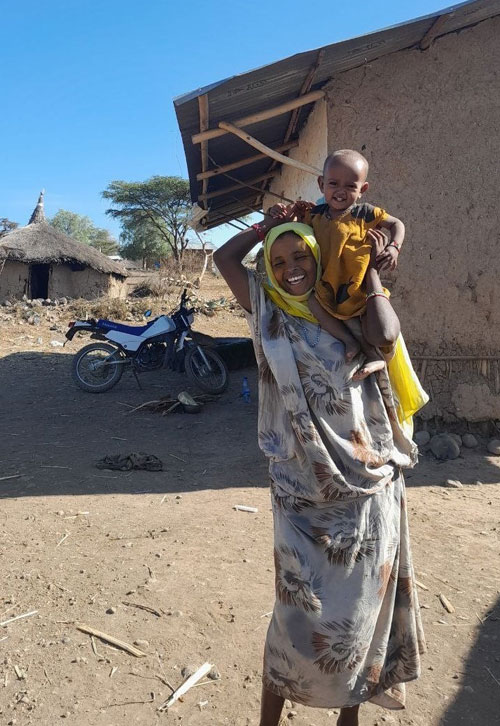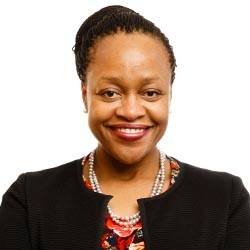Investing in a better future: East and Southern Africa
IFAD Asset Request Portlet
Asset Publisher
Investing in a better future: East and Southern Africa
Estimated reading time: 4 minutes
This year, IFAD is calling for greater investments in rural people to secure a brighter future for all, no matter where they are in the world. We sat down with IFAD’s Regional Director for East and Southern Africa, Sara Mbago-Bhunu, to understand what rural life is like in the region—and the difference more investment could make.
The region extends from the Red Sea along the coast of Eritrea, to the fragile new state of South Sudan, through the cradle of humanity in the Great Rift Valley, stretching to bountiful Angola and across the Indian Ocean to the islands of Madagascar and Seychelles.
What are the main challenges in the region?
Across a diversity of landscape and peoples, East and Southern Africa faces a myriad of challenges—from the fields, to our food and our finances.
Firstly, our food security is threatened by compounding crises. Right now, 36.1 million people are experiencing acute hunger in the Horn of Africa, while Cyclone Freddy has left many people hungry as already vulnerable families struggle to pay inflated prices for essential food items. In some areas, the price of maize, a staple, has tripled.
Already, almost half of undernourished Africans live in Eastern Africa. The region is highly reliant on imported food as food systems are fragmented, and a great deal of food is lost before it is consumed. This puts affordable and nutritious food out of reach for many.
Like everywhere else in the world, the region is feeling the effects of climate change. Rising temperatures and changing rainfall patterns are having a profound impact on rural people. Livestock losses are growing due to rising pest numbers, we are producing less nutritious food, groundwater is being depleted and the soil degraded.
 |
| Across a diversity of landscape and peoples, East and Southern Africa faces a myriad of challenges ©IFAD/Imani Nsamila |
More than seven in ten of the 633 million people living in the region are children and young people, and therefore unable to effectively contribute to the economy already struggling to create jobs.
A growing debt crisis is compounding these issues. At least ten countries are suffering from severe debt problems, with many still reeling from the COVID-19 pandemic. International debt relief is desperately needed while investments in sustainable food systems can feed the region while creating livelihood opportunities.
What difference has IFAD made in the region?
Over the past 25 years, IFAD has provided US$ 5.6 billion of finance to the region and mobilized an additional US$ 7.2 billion through its partners. This has benefitted around 40 million people across 17 countries. I am fortunate to have seen for myself the difference these investments are making in people’s lives.
For example, PRODEFI II in Burundi has increased resilience to climate change by providing almost 20,000 farms with improved access to water, rehabilitating over 29,000 hectares of land for agricultural production, giving access to financial services for 47,000 households and securing agricultural inputs, like seeds and fertiliser for almost 83,000 households.

For most of her life, Hawa Uso lived in a small grass-roofed hut in a rural village in Ethiopia. With just one cow and two goats, her family struggled to survive. Today, things are very different. She has three oxen, two cows, eight goats and three hens—and her family lives in a house with an iron sheet roof. IFAD’s Lowlands Livelihood Resilience Project has transformed her life and the lives of others in her community by working with them to identify what they need to prosper.
What are the region’s untapped opportunities that could be leveraged with more investment?
I see five large untapped opportunities for the region.
Firstly, the region has vast capabilities for generating renewable energy, including wind, hydro and solar power. With reliable energy supplies, small-scale producers can process food and reduce food loss, add value and increase their incomes, and limit environmental degradation caused by lack of access to green energy sources.
We know this works. IFAD-supported farming cooperatives in Rwanda are using Solar Bubble Dryers as a low-cost, mobile and fuel independent alternative to sun drying crops, like maize and beans. Whereas farmers previously lost a third of their harvest, this is now below 10 per cent, increasing their incomes and improving their food security while reducing food waste.
Secondly, the region has a foot in the door of the US$11.5 trillion global digital economy. But with digital hubs based in urban areas, we must extend this opportunity to rural areas. In Ethiopia, we are working with farmers to promote agroforestry activities that can benefit from the carbon markets.
Thirdly, regional integration promises long-term economic gains. The common Africa payment system seeks to harmonize cross border trade and taxes, opening up a huge food market while building regional food systems that are less reliant on imported food and fertilizer.
Fourthly, the region has a vibrant and dynamic private sector that can catalyse inclusive and sustained economic growth. By engaging more private sector players, we can de-risk investments in small-scale farmers. For example, IFAD is supporting women-led businesses in Madagascar with loans to grow their businesses while attracting co-financing from other investors.
Finally, most countries in the region have a coastline or large water body, and many communities have deep histories and cultural links with the sea. This means they could tap into the blue economy, diversifying their economies with fisheries and aquaculture. We have seen the difference the blue economy can make in Mozambique, yet investments generally in the region are still drastically lacking.
What is your message for decision makers who are deciding how much to contribute to IFAD?
I urge them to increase their contributions to IFAD. We are facing unprecedented challenges, but our investments have already changed countless lives and built resilience for rural communities across east and southern Africa. We could and must do so much more.
Publication date: 05 September 2023